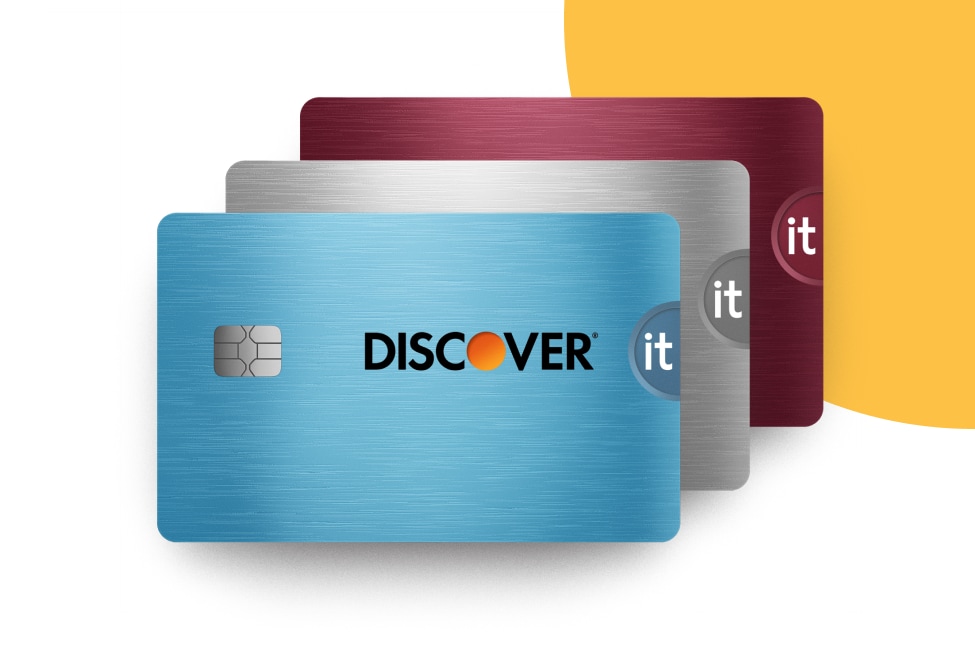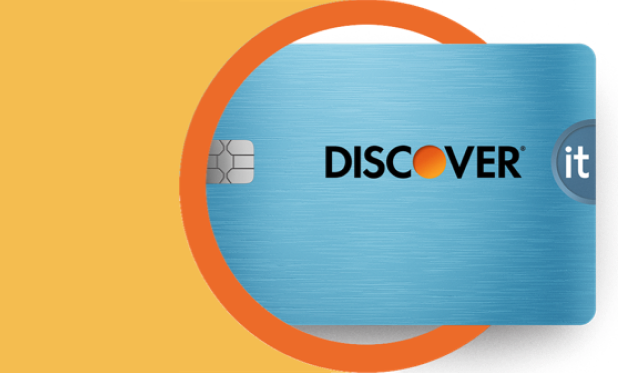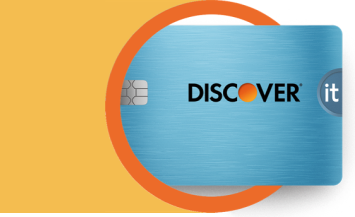Key Takeaways
-
A negative credit card balance means your card issuer owes you money; it doesn’t affect your credit score.
-
You could have a negative balance if you’ve overpaid your bill, received a refund, or redeemed credit card rewards as a statement credit.
-
You can request a refund from your card issuer if you have a negative balance.
If you see a negative balance on your credit card statement, don’t panic. A negative credit card balance means your credit card provider owes you money, not the other way around. While you don’t have to worry about a negative card balance hurting your credit score, a few actions could bring it back to zero. Read on to learn how to respond if you notice your credit card balance falling into the negatives.
What is a negative balance on a credit card?
If your credit card balance is negative, that means your account balance is less than zero. Typically, your credit card balance is the amount you owe your credit card issuer. When you buy something with credit, your balance increases. The credit card payments you make each month reduce your balance. If your balance drops below zero, that’s considered a negative balance, and it shows how much your issuer owes you. The number on your account is the amount they owe. A -$50 balance means your creditor owes you $50.
Your statement balance is what you owe for a billing cycle. However, your current balance is a running total of your unpaid charges and interest. Your current balance might have transactions you made after your credit card company processed your statement. Before you take any action to address your negative balance, you may want to confirm that you’re looking at your current balance.
Discover offers both online and mobile banking, letting you see your balance in real time. This could help you confirm whether you have a negative balance.
When can a negative balance appear on your credit card?
Negative credit card balances usually aren’t reasons for concern. Several things could push your balance into the negatives.
Refund of a returned purchase
Sometimes, a refund for a returned purchase could go through after you’ve already paid your credit card balance in full. For example, if you were to repay a $50 balance while waiting for a $50 refund to process, your balance would equal -$50 once the pending refund goes through.
You overpaid your credit card bill
If you overpay your credit card bill, your card issuer may apply the extra funds to your account. Some credit card payment portals prevent payments from exceeding your total balance. However, you may still overpay if you have autopayments set up but accidentally pay manually as well. Cardmembers who use checks or other manual payment methods may also accidentally exceed their outstanding balance.
Statement credit from your credit card issuer
Your credit card issuer may apply statement credits to your account as you claim certain rewards, like cash back. Your reward could exceed your balance and send your credit card balance into the negatives.
Did you know?
With Discover, you can redeem rewards for cash to pay any part of your bill, including your minimum payment. If the statement credit amount exceeds your account balance, you could have a negative balance as a result.
Your card issuer waived fees that you previously paid
Credit cards may come with fees, from late payment penalties to charges for specific transaction types. Your credit card company may sometimes waive fees, like penalties for first-time offenses. If they decide to waive a fee you’ve already paid, they typically issue a statement credit to your account. If your balance is smaller than the refund, you may end up with a negative account balance.
What can you do about a negative balance?
A negative credit card balance will not hurt your credit, so you don’t have to act unless you think it’s a mistake. However, if you’d like to bring your balance back up to zero, you have a couple of options:
- Make a purchase. Buying things with your credit card should restore the balance on your credit card account to zero. Depending on how far into the negative your balance is, you can use your card like normal to cover future purchases in the amount of the negative balance.
- Ask for a refund. You could ask your creditor to give you the funds they owe via check, cash, money order, or direct deposit to your bank account or debit card. Per the Truth in Lending Act, credit card providers have a legal responsibility to issue a refund for a negative balance at a cardmember’s request.
Does a negative balance affect my credit score?
A negative balance won’t have a direct impact on your credit score, but it shows that you have a low credit utilization ratio. Your credit utilization ratio is the percentage of credit you’re using, and it plays a big role in your credit score.
If your credit balance reaches the negatives, that also means your account is likely in good standing. This reflects positively on your credit report. So, while a negative balance itself doesn’t affect your credit score, it usually indicates positive credit habits.
Is your credit limit higher when you’re carrying a negative balance?
While you may be able to exceed your credit limit when you have a negative balance, it doesn’t increase your overall credit limit. You don’t have to repay a negative balance—it represents money that your credit card company owes you. Once they refund you or you charge that amount on a new purchase, you’ll have the same credit limit.
A negative credit card balance is rarely anything to worry about. On the contrary, it could signal a low credit utilization ratio. If you’re concerned that the negative number may be inaccurate, contact the customer service department for clarification. Otherwise, you can request a cash refund or just keep using your card like usual.







